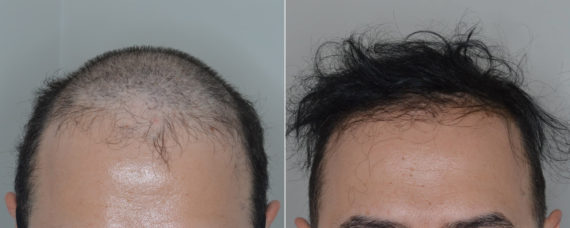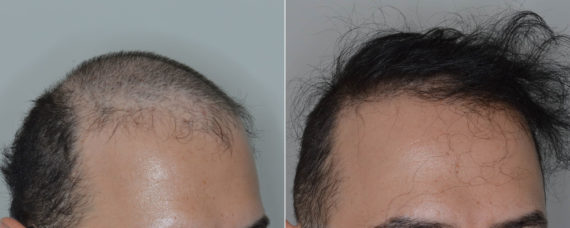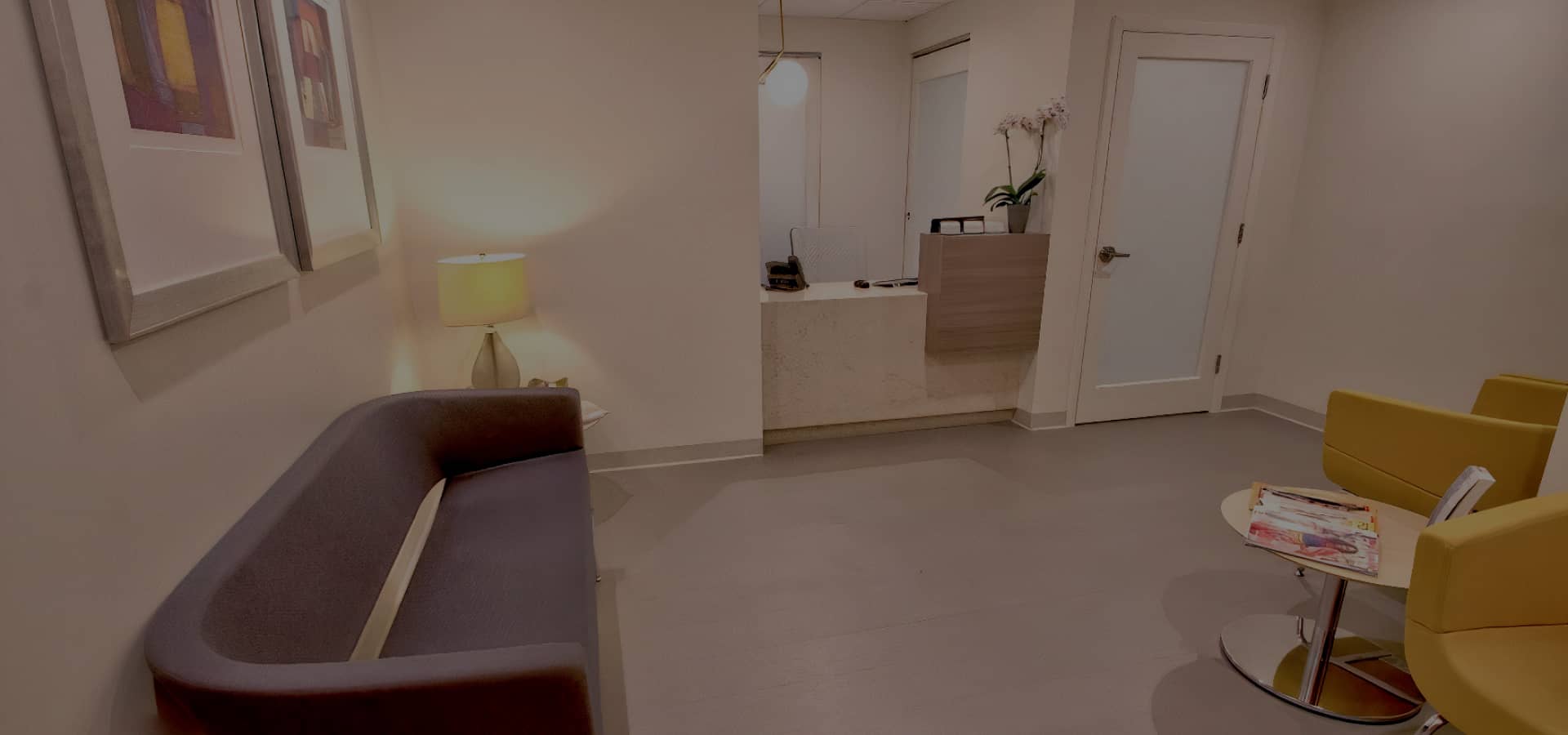Deciding to go for surgical hair restoration is a major step for people dealing with hair loss. This approach brings several benefits, like lasting results and better success rates than non-surgical options. People also enjoy quick improvements, more confidence, and treatments that can be tailored to their needs, making it a preferred option for many.
Dr. Anthony Bared, known for his wide experience and knowledge of hair restoration methods, shares important information about this procedure. He helps patients understand the latest technology, and safety measures, and how choosing surgical hair restoration can be a cost-effective solution.
Why Surgical Hair Restoration Can Be a Good Choice
- Surgical hair restoration can permanently solve baldness, offering long-lasting results.
- It can enhance your appearance and self-esteem by providing a natural-looking hairline.
- The procedure is customizable, allowing for personalization according to individual hair loss patterns.
- Recovery from surgical hair restoration is generally quick, with most people returning to normal activities within a week.
- It might be a cost-effective solution in the long run compared to non-surgical treatments that require ongoing expenses.
Permanent Solution to Hair Loss
Hair transplant surgery is recognized as a permanent solution for baldness. This procedure involves moving hair from parts of the scalp that still grow hair to areas that are thinning or bald. This method ensures the transplanted hair looks as natural as possible and blends well with the existing hair for more natural-looking hair growth.
This surgical approach not only aims to address permanent hair loss but also tackles various scalp conditions and injuries effectively. By using the patient’s scalp skin for replacement, it helps in healing areas affected by scalp injuries. Additionally, for individuals experiencing widespread hair loss, such as in scalp reduction alopecia, this method can reshape the hair-bearing scalp to optimize the appearance of the remaining hair.
Overall, surgical hair restoration procedures offer a comprehensive way to deal with not just scalp baldness but also improve its condition. They provide a reliable permanent hair loss solution by ensuring the transplanted hair enhances one’s appearance naturally. This process also benefits those with specific scalp injuries or conditions by using skin and employing tactics for a visually fuller head of hair.
High Success Rate Compared to Non-Surgical Methods
Hair restoration surgery has a higher success rate than non-surgical treatments. This advanced hair restoration technique offers a lasting solution for those seeking a permanent fix for hair loss. Experts have developed surgical methods to improve success, making it a popular option.
Non-surgical hair loss treatments usually provide temporary results and need continuous use. This makes surgical options more appealing for those seeking effective, long-lasting hair loss solutions.
Immediate and Visible Improvements
Timeline of Hair Growth After Surgery
After a hair transplant session, patients usually look forward to seeing changes. The process after a transplant begins with some initial hair shedding. This is a normal step towards new hair growth.
- Initial shedding: The first step after a hair transplant, leading to the onset of new growth.
- 3 to 4 months post-surgery: Noticeable hair growth starts, marking the early stages of development.
- 6 to 9 months post-surgery: Hair density increases significantly as the transplanted hair matures and thickens.
- 12 to 15 months post-surgery: Full benefits are visible, resulting in natural and fuller hair, showcasing the effects of hair transplant and hair growth treatments.
Rhinoplasty Before & After Photos
Each patient is unique and individual results may vary*.
Boosts Self-Esteem and Confidence
Hair restoration significantly improves self-esteem and confidence for individuals with hair loss. This method not only returns healthy hair but also comes with psychological benefits.
Having healthier hair helps individuals feel better about themselves. This improvement in self-image can positively affect social interactions.
Customizable Treatment Options
We design the procedure to fit each person’s patterns of hair loss and preferences. This ensures whether you are a candidate for hair restoration, transplantation, or replacement, you receive care tailored to your specific needs.
- Individual hair follicles: Dr. Bared selects individual hair follicles that blend naturally with the existing hair pattern in the area.
- Existing hair’s density and direction: The density and direction of your current hair are accounted for to ensure a seamless integration.
- Customized plan: Dr. Bared crafts a plan that considers your hair and follicles, making sure the outcome looks natural and meets your expectations.
This approach guarantees results that not only look natural but also meet the specific expectations of each person.
Technological Advances in Hair Restoration Surgery
The field of hair restoration is evolving, offering new methods that improve both results and the patient experience. Advanced hair transplantation techniques now use the latest tools and methods, such as minimally invasive procedures. These advancements lead to more natural outcomes and faster recovery times.
Hair transplant techniques have seen improvements, allowing for precise follicle placement. The progress has turned hair restoration surgery into a preferred option for addressing hair loss. This ongoing development in hair restoration gives many people hope and restores their confidence.

Trust Miami’s expert in rhinoplasty, hair restoration, and non-surgical enhancements.
Cost-Effective in the Long Run
In the hair loss treatment market, patients encounter a variety of treatment options. Not all treatments offer similar long-term benefits and costs. Here’s a breakdown that highlights why a surgical hair loss solution can be more cost-effective over time compared to non-surgical methods:
- Initial Outlay: Surgical hair loss solutions might appear more expensive initially compared to non-surgical methods.
- Maintenance Costs: Non-surgical treatments often require continuous payments to maintain hair density, which can add up over time.
- Permanence: The results from a surgical procedure are designed to be permanent, eliminating the need for ongoing treatment costs.
Considering these factors, choosing a surgical option for hair loss can prove to be financially advantageous in the long term due to its permanence and the avoidance of recurring costs associated with non-surgical treatment options.
Safe Procedure with Minimal Downtime
Hair transplant surgery is recognized as a safe procedure with several built-in safety measures.
Key aspects of this process include:
- Safety Measures: The procedure incorporates various safety measures to protect patients.
- Minimal Downtime: Patients can expect to quickly return to their normal routines.
- Recovery Process: Generally, the recovery is smooth, with healthcare providers readily available to support patients.
Healthcare providers are committed to providing comprehensive care, including:
- Answers to Questions: They are ready to address any inquiries patients may have regarding the procedure.
- Discussion on Risks: Although the risks of hair transplant are minimal, healthcare providers encourage open discussions to ensure patients are fully informed.
- Post-Surgery Support: Continuous support is offered by the provider after surgery to foster a sense of security among patients.
By maintaining open lines of communication, patients feel well-informed and supported throughout their experience with hair transplant surgery.
Consult with a Hair Restoration Expert
If you’re thinking about surgical hair restoration to permanently address hair loss, getting advice from an experienced surgeon is important. Dr. Anthony Bared, a Miami-based facial plastic surgeon with a lot of experience in hair transplantation and restoration, provides personalized consultation services. He holds two board certifications, making him highly capable of helping you explore your options for the best outcome.
To discover more about how surgical hair restoration can increase your confidence and give you a long-term solution to hair loss, schedule a consultation with Dr. Anthony Bared today.



